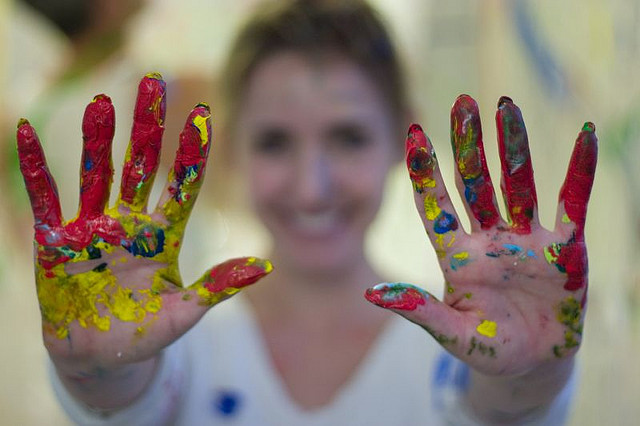
Creativity isn’t just something demonstrated by artists and writers. It’s essential for success in the world of tech. The ability to improvise, see the world from a new angle and come up with unexpected solutions to tough problems is exactly what great tech designers and leaders must possess.
It is very hard to maintain creativity in the midst of a busy day or a packed schedule. The people who can stay creative, and parlay their way into massive success, are doubly inspirational.
Here are some must-read tips for keeping your creativity alive like the greats:
1) Structure Your Creative Time
We’ve all had the experience of being suddenly struck with a great idea. It’s a wonderful experience – but it’s not how creativity works. Those lightning strikes are rare and unpredictable, which is why the most successful creative people in the world have highly structured, set routines for their work.
The great composer Mozart, for example, woke up every day at six in the morning, got dressed and composed music from 7 AM to 9 AM. He set aside the rest of the day for teaching music lessons, networking and giving concerts. He did sometimes stay up late, and set aside some extra time to compose after 11 PM – but he had a strict rule that, no matter how late he stayed up writing, he’d have to get up at 6 AM the next day.
You might not be able to budget your creativity as strictly as Mozart but setting aside at least one or two hours in the day for creative work is always a good idea.
2) Take Time For Yourself
Finding the right balance between solitude and sociability is tricky. Too much time alone and you can become creatively stagnant. On the other hand, if you’re constantly out on the town, you can become worn-out and distracted from your work. Ultimately, knowing how much alone time you need is up to you and it probably differs for each person.
When you write, you should try to be alone and undistracted as possible. Writers like Zadie Smith and Jonathan Franzen use apps including Self-Control and Freedom to block all social media and web access while they’re writing – if they get bored and want to look up YouTube videos instead of finishing their next chapter, the app won’t allow them to access the site.
Other creative people, like author and screenwriter Neil Gaiman, are more relaxed but still emphasize the importance of solitude to getting their work finished: “I have 2 million Twitter followers,” Gaiman says, ” but those 2 million followers are not going to do anything to get my stories written for me. They’re great fun to talk to—for distraction.”
3) Revisit What Works, Forget What Doesn’t
Great creativity doesn’t come from creating an awesome first draft. It comes from knowing how to create a great second one.
The point of structuring your time, and being alone while you create, is absolute freedom. The first time you take on an idea or a project, you want to spill out every crazy or weird idea you have as fast as possible, without worrying what anyone else might think.
But the project won’t be finished by that first rough draft. Essential as it is, it exists to give you something to work on. Poet Emily Dickinson, for example, was morally opposed to publishing any of her work – yet she still created second and even third drafts of many of her poems because she felt that first draft was a “working draft” to perfect in the future.
There’s nothing shameful in having some rough or bad work in your first draft – that’s what it’s for – but a great project comes from knowing how to find the good ideas in the junk pile and polish them until they shine. If you know how to self-edit and carry a project through multiple attempts, the result will stun everyone when they see it – not least because it will look truly effortless.
Image credit: CC by Jeff Daly.



